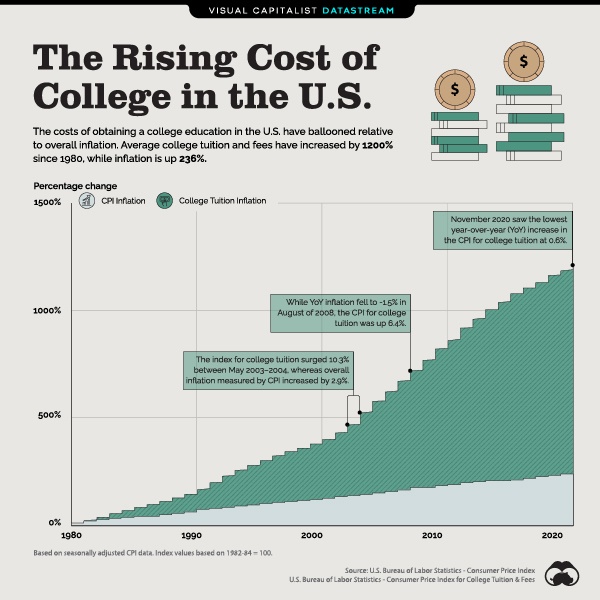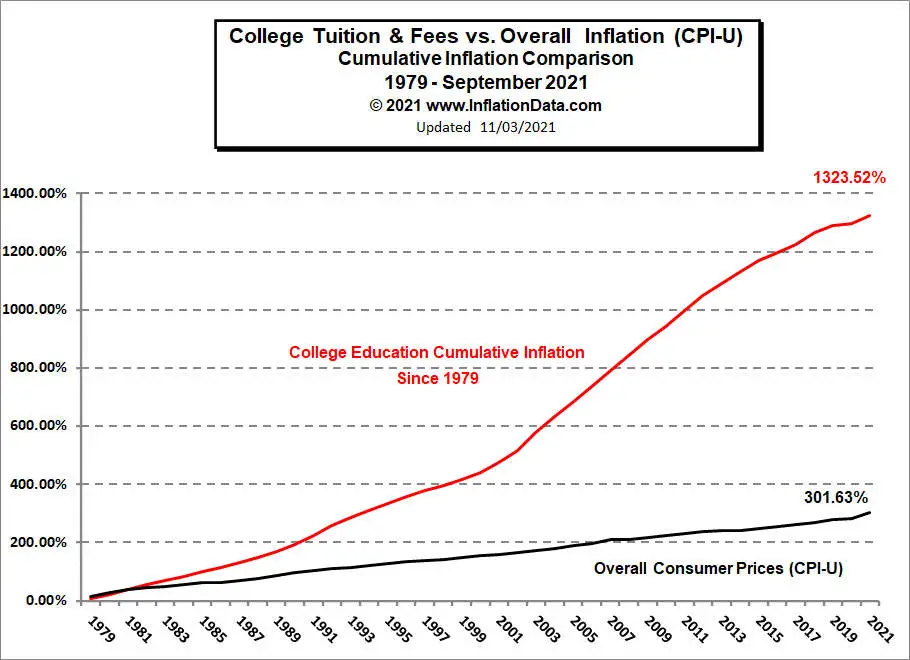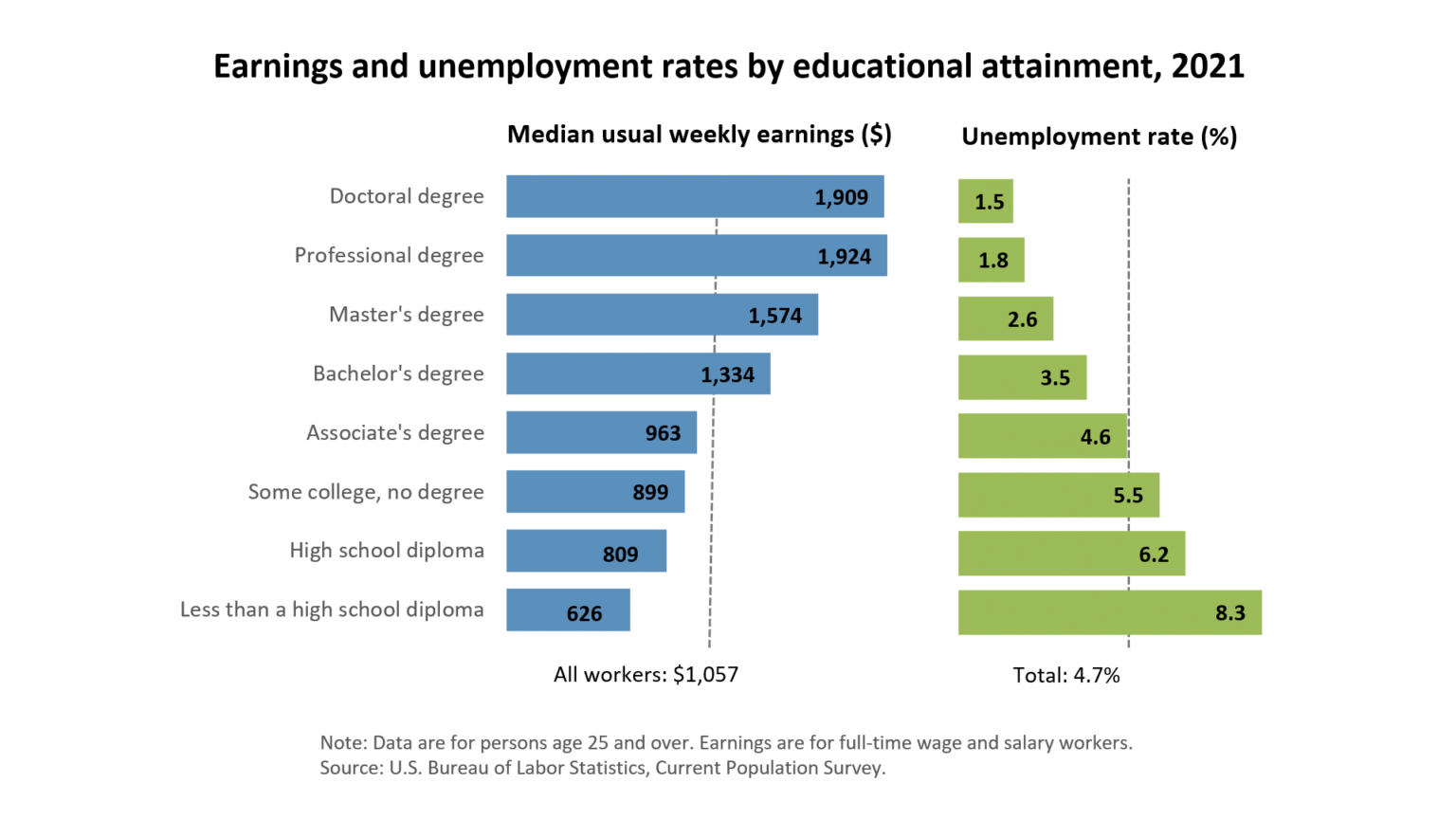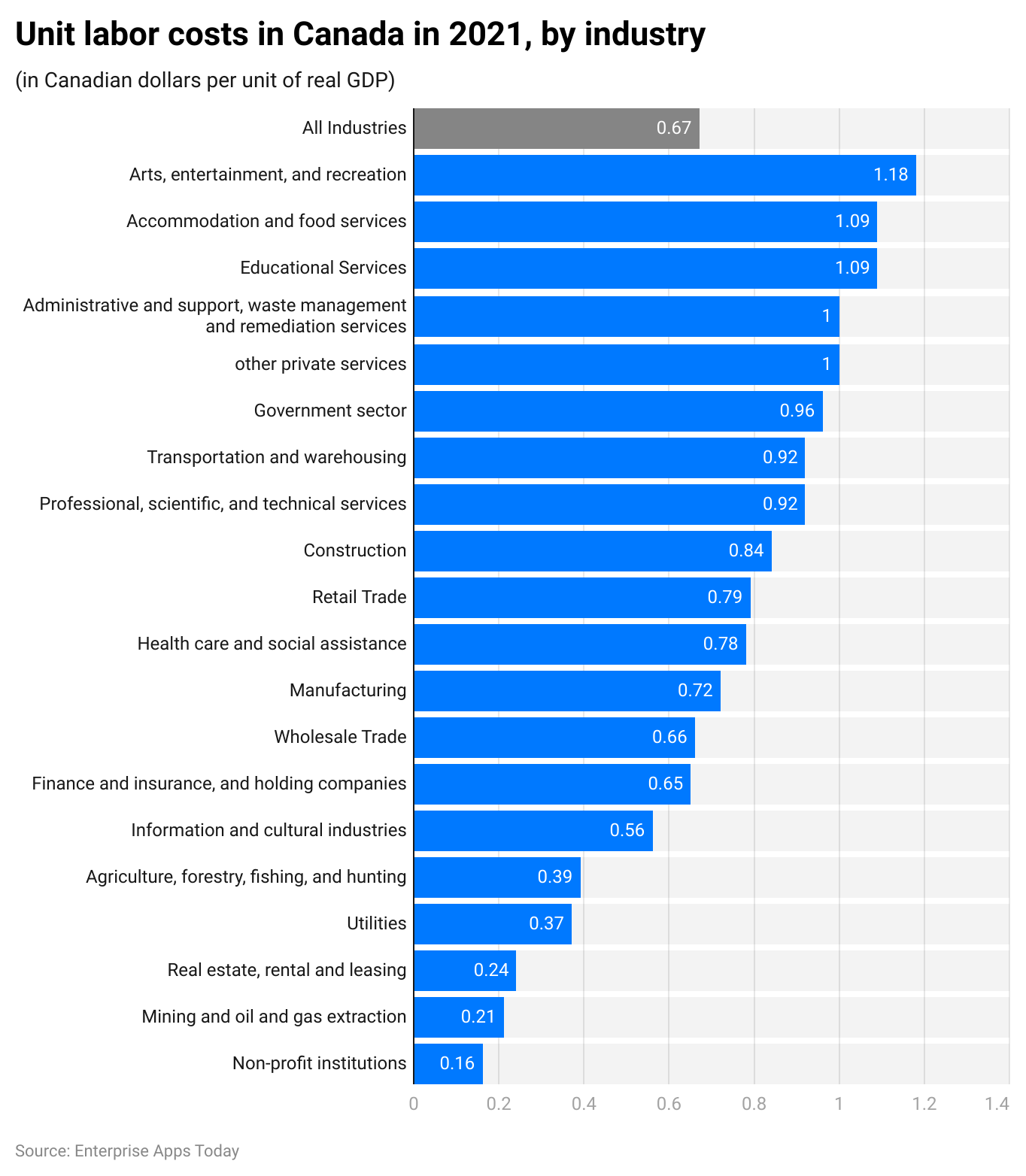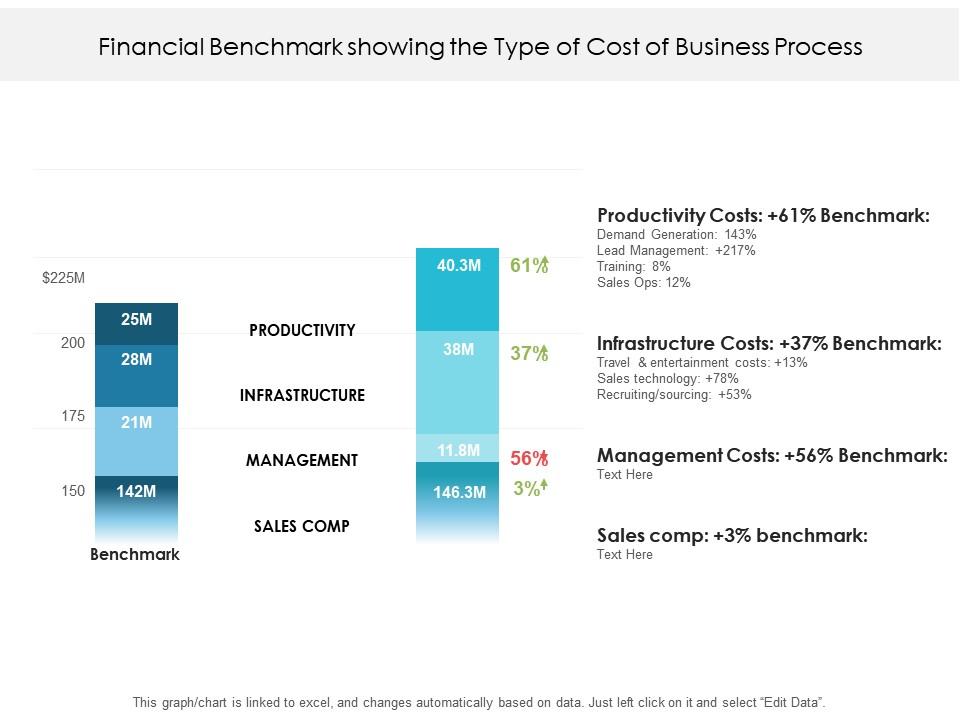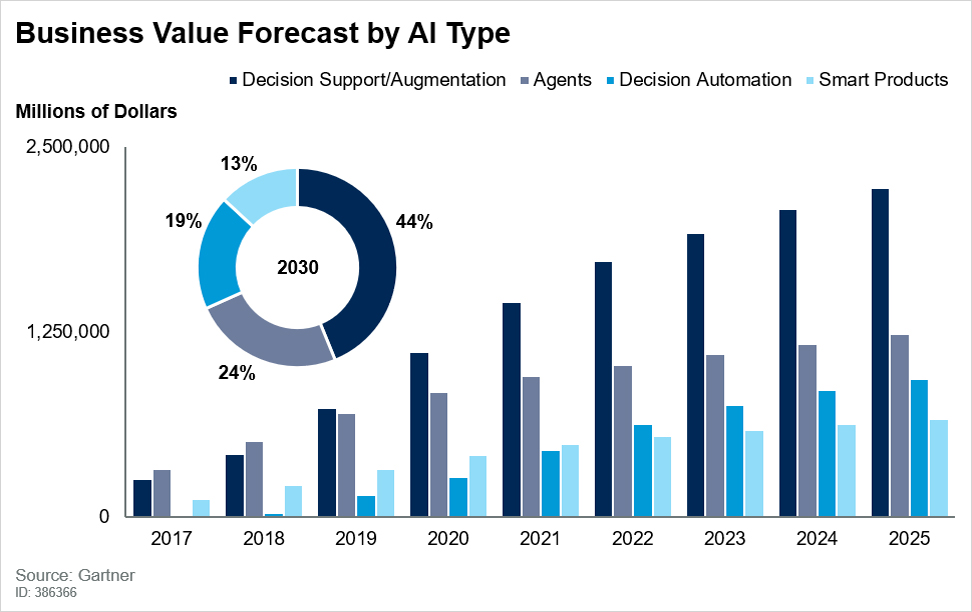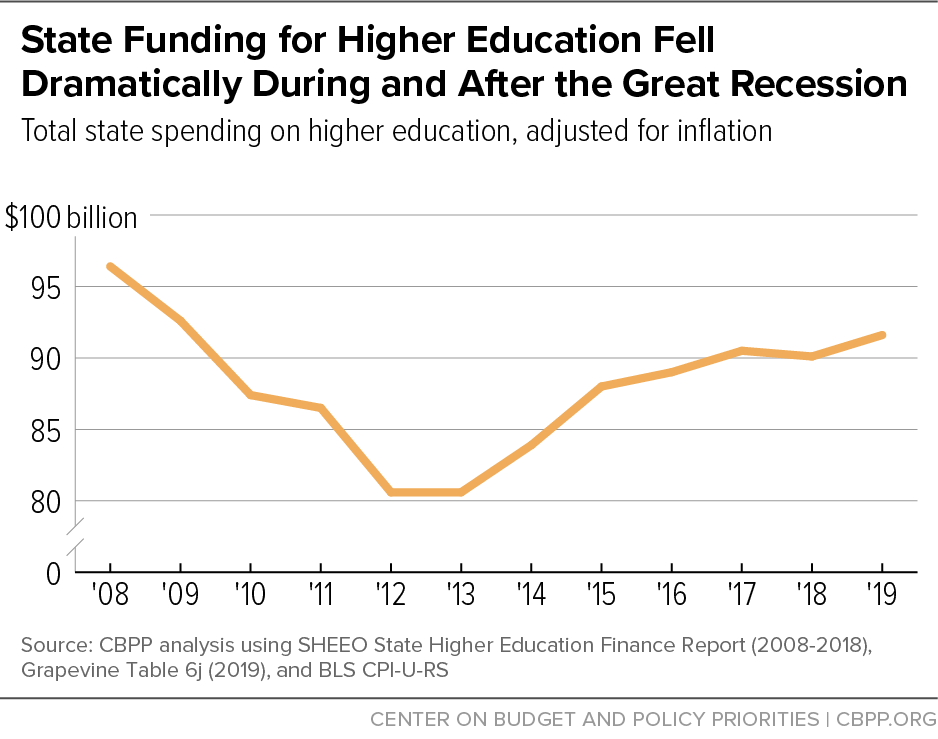Forecast Financial Intelligence In Higher Education To Benchmark Labor Cost

Higher education institutions nationwide are increasingly turning to sophisticated financial intelligence tools to optimize their largest expenditure: labor costs.
This shift, driven by escalating financial pressures and a growing demand for accountability, promises to reshape how colleges and universities manage their workforce and allocate resources.
Benchmarking Labor Costs: A New Era for University Finance
The use of forecast financial intelligence in higher education to benchmark labor costs represents a significant change in financial management practices.
Benchmarking, in this context, involves comparing an institution's labor costs – salaries, benefits, and other compensation – against those of peer institutions or industry standards.
By analyzing these benchmarks, universities aim to identify areas where they can improve efficiency, reduce costs, and ensure that their compensation practices are competitive and aligned with their strategic goals.
Why Now? Drivers of Change
Several factors are driving the adoption of these advanced financial intelligence tools.
Declining enrollment in some sectors, coupled with rising operational expenses and increasing competition for students and faculty, are forcing institutions to find new ways to manage their finances more effectively.
Furthermore, greater scrutiny from boards of trustees, state legislatures, and accrediting agencies is pushing universities to demonstrate responsible financial stewardship.
How It Works: Leveraging Financial Intelligence
The process of implementing forecast financial intelligence typically involves several key steps.
First, institutions gather detailed data on their labor costs, including salaries, benefits, retirement contributions, and other forms of compensation.
This data is then integrated into sophisticated analytics platforms that can generate reports and visualizations, allowing administrators to identify trends and patterns.
These platforms often incorporate predictive modeling capabilities, allowing institutions to forecast future labor costs based on various scenarios.
Data used for comparison is often sourced from organizations like the College and University Professional Association for Human Resources (CUPA-HR), which provides comprehensive salary and benefits data for higher education institutions.
Other sources include the Integrated Postsecondary Education Data System (IPEDS) and benchmarking consortia.
"The ability to forecast and understand labor costs is no longer a luxury, it's a necessity," says Dr. Emily Carter, CFO at a large public university in the Midwest. "We're using financial intelligence to make data-driven decisions about staffing, compensation, and resource allocation."
The Human Angle: Impact on Faculty and Staff
While the focus on cost optimization may raise concerns among faculty and staff, proponents argue that it can also lead to improved compensation practices.
By identifying areas where salaries are below market rates or where compensation packages are not competitive, institutions can make adjustments to attract and retain top talent.
Transparency and communication are crucial in this process.
Dr. Carter emphasizes that her institution is committed to engaging with faculty and staff throughout the benchmarking process and ensuring that any changes are implemented fairly and equitably.
However, some faculty members remain skeptical.
Professor David Lee, a tenured professor of history at a small liberal arts college, expresses concerns that the focus on cost optimization could lead to cuts in academic programs and a reduction in faculty positions.
"We need to ensure that the pursuit of efficiency doesn't come at the expense of academic quality and the student experience," he argues.
Potential Benefits and Challenges
The potential benefits of using forecast financial intelligence in higher education are significant.
Institutions can improve their financial stability, allocate resources more effectively, and enhance their competitiveness.
However, there are also challenges to overcome.
Accurately collecting and analyzing data can be complex and time-consuming.
Furthermore, comparing institutions can be difficult due to differences in mission, size, and geographic location.
Effective implementation requires a commitment to data governance, transparency, and communication.
Looking Ahead: The Future of Higher Education Finance
As higher education continues to evolve, the use of forecast financial intelligence is likely to become even more widespread.
Institutions that embrace these tools and develop the necessary expertise will be better positioned to navigate the financial challenges ahead and ensure their long-term sustainability.
The key will be to strike a balance between cost optimization and maintaining the quality of education and research that are essential to the mission of higher education.
